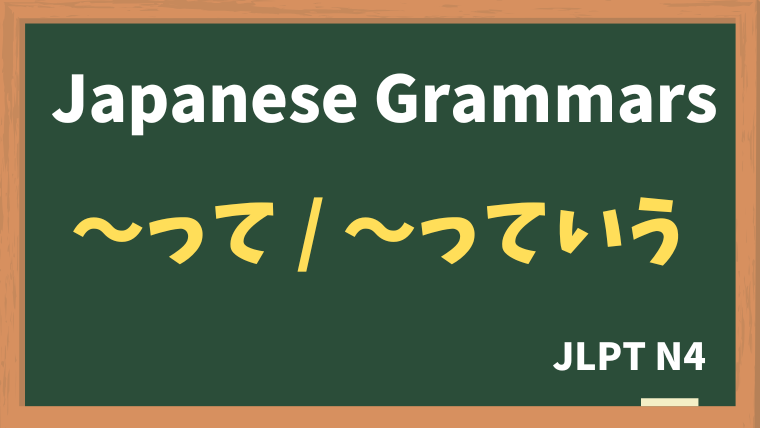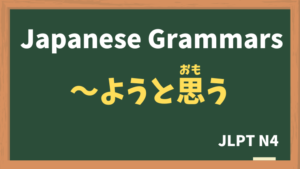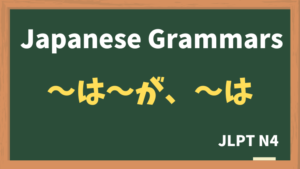
Explanation:〜って / 〜っていう
fa-check-circleMeaning
The expressions "〜って" and "〜っていう" are informal ways to introduce or refer to people, places, or things, often when explaining who or what something is. They can function similarly to "called" or "named" in English, adding a casual, conversational tone to a statement. "〜って" often conveys familiarity or casual emphasis, while "〜っていう" is a slightly more descriptive form.
fa-check-circleForm
N + って / っていう
fa-check-circlePoints
- Used for Introducing or Referring: Both "〜って" and "〜っていう" introduce someone or something by name or title, like saying "called" or "named" in English.
- Casual or Conversational Tone: These expressions add an informal nuance, making them common in spoken language or casual writing.
- Referencing Known or Unknown Subjects: Often used when explaining who someone is, what a place is, or identifying something unfamiliar to the listener.
fa-check-circleJLPT Level
N4
Sample sentenes
さっき 田中さんって 人が 探してたよ。
Someone called Tanaka was looking for you earlier.
マルイっていう デパートに 行ったことある?
Have you ever been to a department store called Marui?
「シシカバブ」っていう 料理を 食べたことある?
Have you ever tried a dish called "shish kebab"?
「みんなの日本語」っていう 教科書が 一番 有名だよね。
The most famous textbook is "Minna no Nihongo", isn’t it?
夏目漱石って 人が 書いた 本を 読んだけど、とても 難しくて わからなかった。
I read a book by someone called Natsume Sōseki, but it was so hard I couldn’t understand it.
Vocabulary
| Japanese | English | |
| 忘れ物 | わすれもの | a thing left behind |






